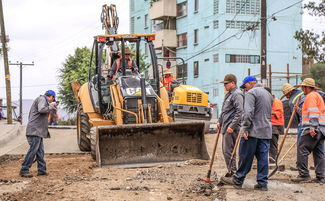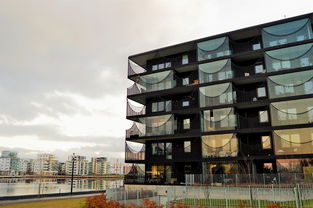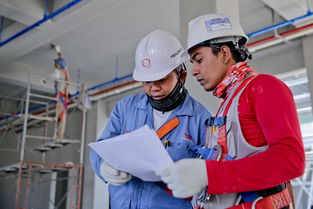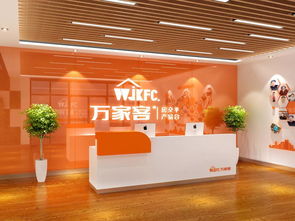Title: Mastering the Language of Modern Infrastructure: A Comprehensive Guide for Architectural Designers
In the realm of architectural design, language is not just a tool, but a critical component that transcends borders and equips our professionals to navigate the ever-evolving landscape of technology and functionality. When it comes to equipment and facilities, being fluent in English is more than just a requirement; it's a means to communicate the essence of innovative, sustainable, and user-centric spaces. This guide aims to delve into the nuances of English terminology used in this context, empowering architects to effectively communicate their vision to clients, contractors, and manufacturers.
1、The Foundation of Technical Vocabulary
The cornerstone of any architectural project revolves around understanding and describing various mechanical, electrical, and plumbing systems. From HVAC (Heating, Ventilation, and Air Conditioning) to BIM (Building Information Modeling), designers must be adept at using precise English terms like "chiller plant," "energy-efficient lighting," and "smart building automation."
2、Sustainable Solutions
The green revolution in architecture necessitates an understanding of energy-efficient systems and renewable technologies. Terms like "green roof," "photovoltaic panels," and " rainwater harvesting" require clear articulation to convey the environmental benefits and functionality.
3、Space Planning and Functionality
Describing the layout and flow of spaces, from the kitchenette to the auditorium, requires a deep understanding of English terms related to zoning, accessibility, and ergonomics. Words like "open-plan," "amenities," and "clear sightlines" convey the intended functionality and user experience.
4、Material and Construction Techniques
The choice of materials and construction methods is integral to a building's durability and aesthetic appeal. Architects need to articulate technical terms such as "precast concrete," "glass faceting," and "composite materials" with precision to ensure clarity in specifications.
5、Codes and Regulations
Compliance with local building codes and international standards is paramount. Architects must understand and communicate the technical requirements in English, including fire safety, accessibility, and structural integrity.
6、Communication and Collaboration
In a global industry, effective communication through written reports, emails, and presentations is vital. Clear, concise English enables architects to collaborate seamlessly with international teams, contractors, and stakeholders.
7、Continuous Learning and Development
To stay updated on the latest advancements in equipment and facilities, architects must engage in continuous learning and professional development. This includes attending conferences, reading industry publications, and familiarizing themselves with the latest English terminology.
In conclusion, as an architectural designer, proficiency in English when dealing with equipment and facilities is not just a requirement, but a key to unlocking new possibilities and creating exceptional spaces. By mastering this language, we can better serve our clients, push boundaries in design, and contribute to the sustainable future of our built environment.











